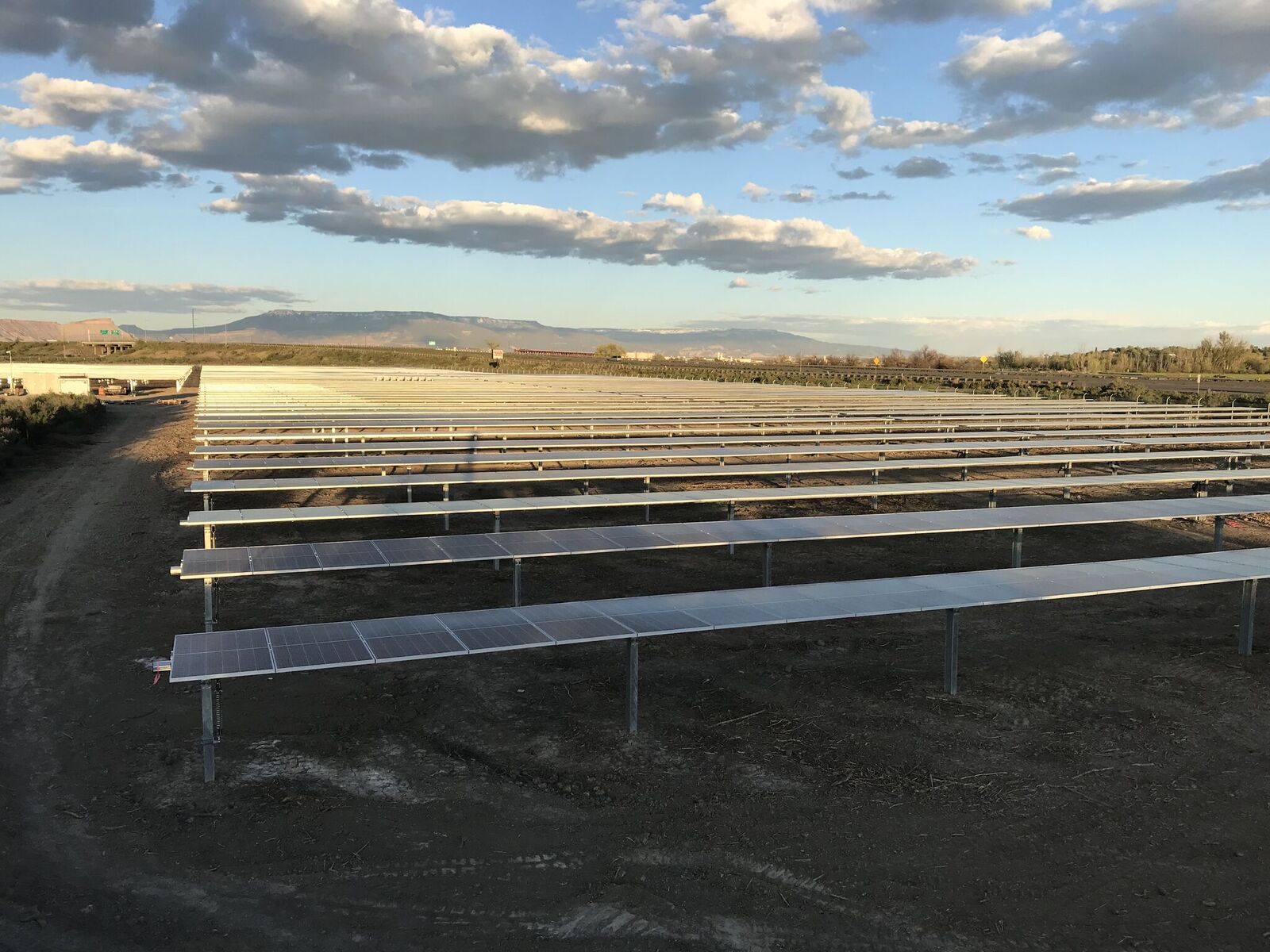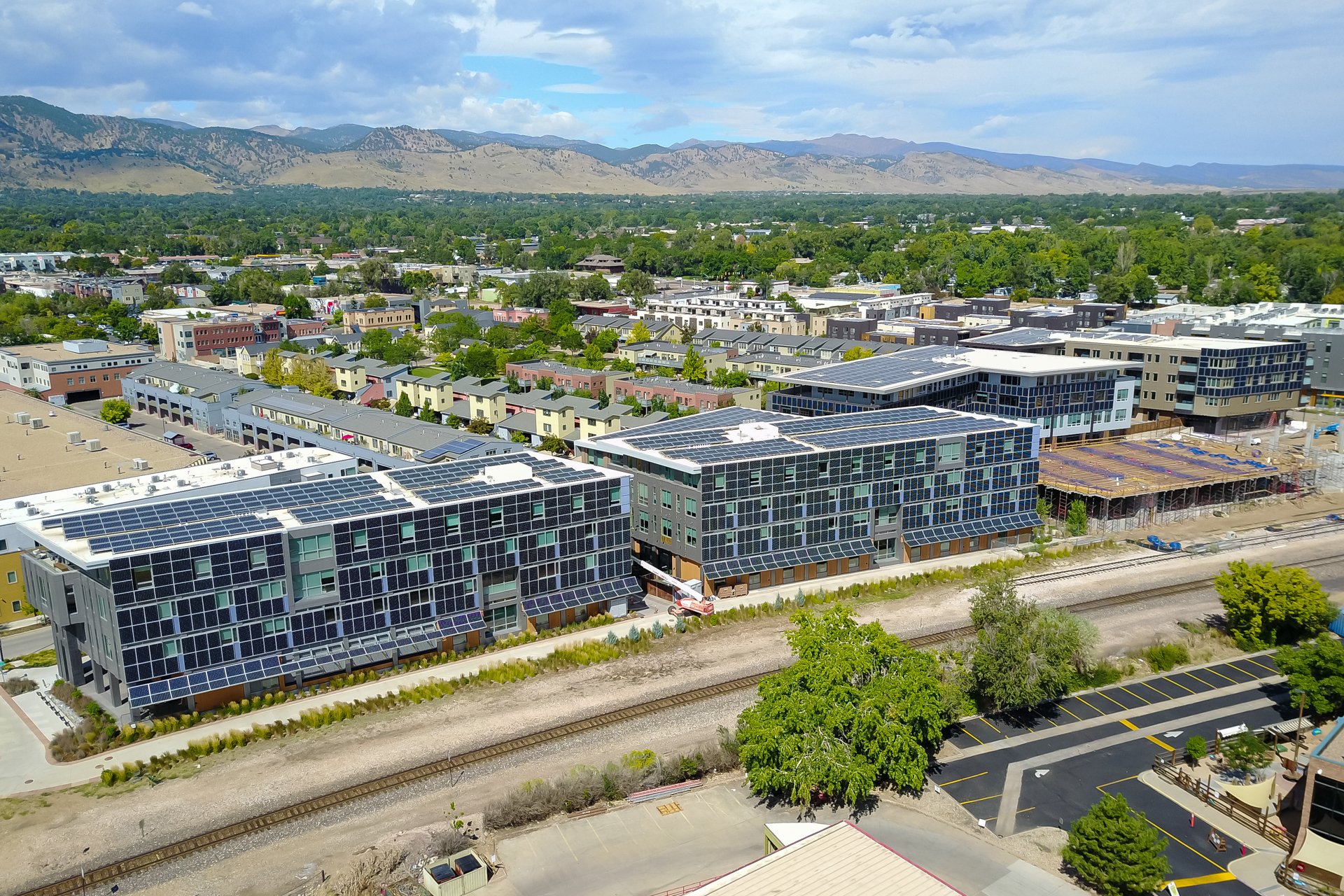Navigating the Community Solar Revolution: Challenges and Solutions
June 7, 2021

Updated 10/23/23
New markets for community solar (also known as shared solar, solar gardens, or solar farms) are popping up every year. Policymakers across the nation are increasingly recognizing the economic, climate, and community benefits of proposing and passing new legislation that incentivises this innovative practice. However, as the market for community solar programs continues to expand, so do the complexities of managing these projects efficiently.
To address these logistical challenges, asset owners and developers are turning to trusted subscription management software providers like SunCentral. In this blog, we'll cover the unique challenges that community solar markets are facing as they continue to grow, and furthermore, how subscription management software providers are helping industry professionals, like us, navigate this exciting and evolving landscape to contribute to a cleaner, more affordable energy future.
A Quick Review: The Rise of Community Solar
Back in 2007, the Sacramento Municipal Utility District in California launched the experimental Solar Shares Program, which sold out almost immediately. This demonstrated that there was a high demand for obtaining easier access to solar energy generation. Today, as much as 75% of households across the United States cannot install solar on their property because they rent, live in a multi-tenant building, lack suitable roof space, or experience some other mitigating problems that prevent them from generating renewable energy on their property. Community solar projects allow multiple individuals, households, or even businesses to participate in supporting offsite solar arrays, making renewable energy more accessible to a broader audience. Each month, these “subscribers” receive a credit on their utility bill for their portion of the power produced, often resulting in annual energy bill savings.
Today, community solar is one of the fastest-growing segments of the solar industry. Wood Mackenzie forecasts the US community solar market to grow 118% over the next five years, with at least 6-gigawatts direct current (GWdc) of community solar capacity expected to come online in existing markets between 2023 – 2027. It’s worth noting that as of the publication of this blog 39 states (including Washington, D.C.) have community solar projects and 22 of those states (including Washington, D.C.) have policies that incentivize shared renewable projects. The policy landscape of these state programs is ever evolving, with new possible markets bubbling on the horizon that will drive growth for the whole industry.
Challenges to Managing Community Solar Projects
As community solar continues to gain momentum, surmountable challenges have arisen:
- Subscriber Services: Poor subscriber service can lead to high churn rates, as dissatisfied customers may opt to leave the program, impacting the project's financial viability.
- Transparency: Asset owners and developers often lack insights into credits and accounts receivable, making it difficult to manage cash flows and financial projections accurately.
- Market Variability: Community solar compliance and regulations can vary significantly across different states and markets, adding complexity to operations.
- Scaling Challenges: As more and more projects break ground, managing subscriptions, billing, and credits becomes increasingly intricate, potentially leading to errors and inefficiencies.
Many developers and asset owners, including Pivot, are finding it best to avoid these operational challenges by outsourcing subscriber acquisition and management services to third-party companies. According to the same report from Wood Mackenzie, the top three subscriber companies now manage over 37% of the total shared solar market.
Pivot’s Solution to Subscriber Management
At Pivot, we work hand-in-hand with SunCentral, a subscription management software platform that was designed to be a flexible, customer-focused solution that addressed all of the aforementioned challenges. Here's how SunCentral streamlines community solar project management:
- Unparalleled Transparency: SunCentral offers asset owners and developers unparalleled transparency into the mechanics of their community solar operations. Providing regular check-ins with a dedicated account manager to ensure that all possible concerns are addressed promptly.
- Portal Viewing Access: The platform provides portal viewing access, allowing users to monitor subscriptions, billing, and credits in real-time. This visibility empowers decision-makers with the data they need to make informed choices.
- Robust Reporting: SunCentral offers a robust report package tailored to the needs of community solar stakeholders. These reports are delivered at a cadence that aligns with their business operations, ensuring accurate financial planning and compliance.
- Market Expertise: With a deep understanding of the community solar industry and its intricacies, SunCentral helps its clients navigate the complexities of shifting compliance requirements and market dynamics.
Focussing on Building a Brighter Future
As the community solar market continues to grow and evolve, more asset owners and developers will come to the conclusion that they need reliable tools and partners to help them succeed. SunCentral's subscription management software offers a comprehensive solution, enabling industry professionals to mitigate churn risk, gain invaluable insights, and ensure compliance in an ever-changing landscape. By embracing innovative solutions like SunCentral, asset owners and developers can play a pivotal role in advancing the clean energy revolution and creating a brighter, more sustainable future for all.
To learn more, check out our community solar FAQ page or reach out to a member of our team today!


